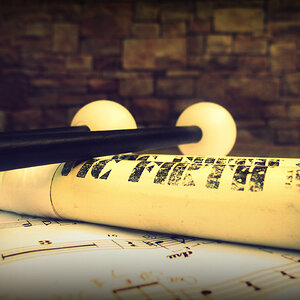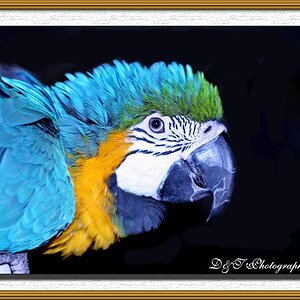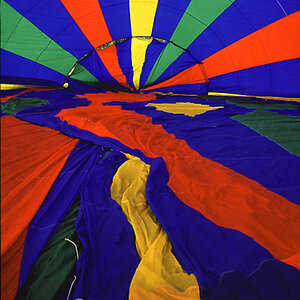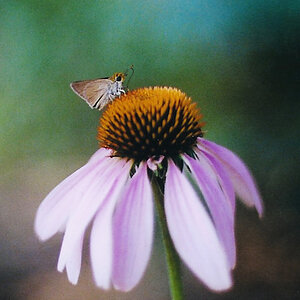Erin Kathleen
TPF Noob!
- Joined
- Jul 11, 2009
- Messages
- 7
- Reaction score
- 0
- Location
- Lake County
- Can others edit my Photos
- Photos NOT OK to edit
Hello Everyone. 
I've asked this question before to some, and most are very cruel people who will not help me no matter what. So I came here. If I could get an answer from someone who knows my camera, the 50D, I would love it!
I've been into photography for almost four years now. I have ideas, I know the basics, etc. However, as far as an SLR goes, I'm still quite the beginner. I have a Canon EOS 50D, and I would like to know how to get this kind of picture with it:
http://i101.photobucket.com/albums/m66/KadajsFunToy/Love_us_by_6Artificial6.jpg
This person has a 40D camera, the same 50mm 1.4 lens that I have. Actually, he is what inspired me to get the 50D.
This picture was taken at 1/99 second
F stop 2.8
ISO: 160
I was told that perhaps he uses an auto setting on his 40D (like the AV, TV or P setting), which is why his shutter speed is a strange number. Well, I tried using those settings and this is what I got:

That image is kind of blurry, but overall you can see what I'm talking about. The overall quality is different. You can see how his is more professional looking, even though minor editing is placed on his photo, and he has the same equipment as I do.
I'm getting extremely frustrated with this, and I just don't know what to do. I have so many ideas, but I can't put them into my camera until I figure out how to make the photos look like his, professional, crisp, mature.
Please, help would be very much appreciated!
I've asked this question before to some, and most are very cruel people who will not help me no matter what. So I came here. If I could get an answer from someone who knows my camera, the 50D, I would love it!
I've been into photography for almost four years now. I have ideas, I know the basics, etc. However, as far as an SLR goes, I'm still quite the beginner. I have a Canon EOS 50D, and I would like to know how to get this kind of picture with it:
http://i101.photobucket.com/albums/m66/KadajsFunToy/Love_us_by_6Artificial6.jpg
This person has a 40D camera, the same 50mm 1.4 lens that I have. Actually, he is what inspired me to get the 50D.
This picture was taken at 1/99 second
F stop 2.8
ISO: 160
I was told that perhaps he uses an auto setting on his 40D (like the AV, TV or P setting), which is why his shutter speed is a strange number. Well, I tried using those settings and this is what I got:

That image is kind of blurry, but overall you can see what I'm talking about. The overall quality is different. You can see how his is more professional looking, even though minor editing is placed on his photo, and he has the same equipment as I do.
I'm getting extremely frustrated with this, and I just don't know what to do. I have so many ideas, but I can't put them into my camera until I figure out how to make the photos look like his, professional, crisp, mature.
Please, help would be very much appreciated!
Last edited by a moderator:


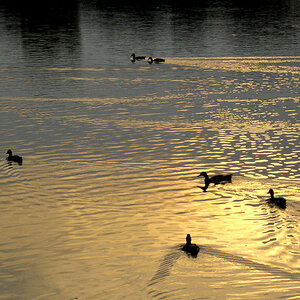
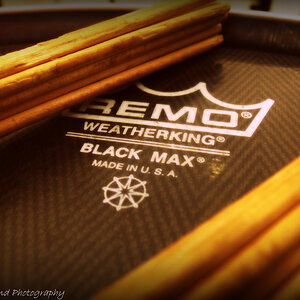
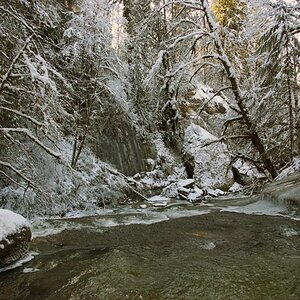
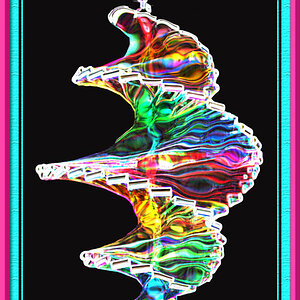
![[No title]](/data/xfmg/thumbnail/30/30868-01a498267fd96ce5b2d98347458d3903.jpg?1619734486)

